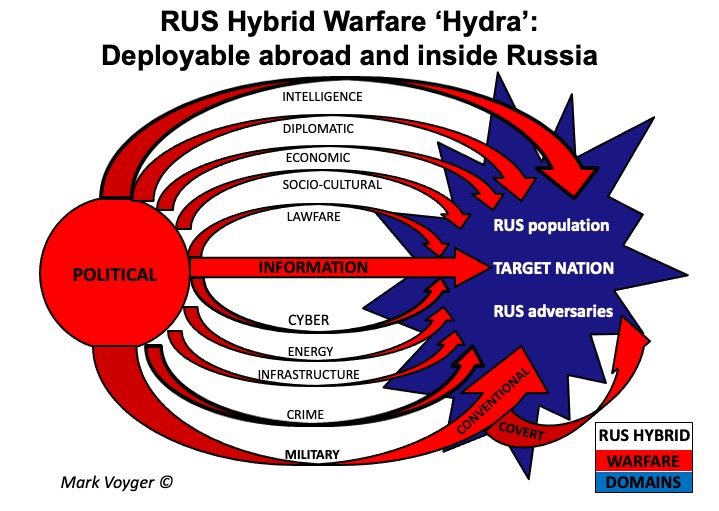In my previous article about 100 Years War, I wrote in great detail on how Medieval mindset and ways of doing things were gradually eclipsed by the new Renaissance (Modern Age) mindset and way of doing things. The changes were extensive and gradually completely reshaped society into a completely different and arguably more advanced form.
However, this change did not come abruptly as picture above might suggest. It came gradually. Old ways gradually died out over the course of sometime couple of hundred years as new age tried to take hold. If you take 100 Years War and War of the Roses combined it would almost be 200 years.
It was the same with other eras as well. In between every stable era there was a transitional period where new ways encroached on the old ones as the old fervently resisted change and desperately tried to preserve the "ancient old" order.
For example, Rome did not collapse abruptly in 476. Rome was falling apart from the year 235 in what was known as Crisis of the 3rd century. For more than 200 years supporters of the Roman order desperately tried to preserve this order from erosion by external threat as well as by internal strife of their own military.
The so call Roman Empire era (era of the dictatorial rule of emperors who usurped the republic) also did not come in a flash. Senate did assassinate Ceasar in order to preserve the Republic. Only Augustus could consolidate the autocratic rule as new reality and new system at around year zero. He was born in BC but died in AD, a very fitting trait for a person who ushered a new order for the next 200 years.
However, even before Augustus and Ceasar there were people who wield great de-facto power over Roman Republic. They went short of usurping power completely, but they were cracks in the Republican system that eventually led to its downfall.
People who have interest in Rome often lament its collapse. They also completely fail to pay any great attention to the fact that Ceasar destroyed democratic institutions of Rome and imposed his rule by force of his legions paired with the support from crowds on the streets.
However, each of the transformations of life in Rome, including its collapse, came to be due to different internal factors. It it the same for systems that existed after Rome's collapse. Every time things changes; they did because the previous system was no longer adequate to the reality of life on the ground. Thus, a new different system was needed to address a new reality.
I will write a separate article about each era and its transformation. I would start with classical Roman Republic. There were eras and changes before them, but these are harder to trace as states were more autonomous of each other and each lived by their own eras.
All in all, there are the eras:
Before 250 BC
Classical Roman Republic - Stable City State that lived off protection money from Foederati and provides security for them.
Between 250 BC and 0 AD
Transformation of Rome from a City State Republic into an Autocracy ruled by an Emperor.
Between 0 AD and 235AD
Stable Autocratic Empire that more or less controls and exploits large swathes of land.
Between 235 AD and 476 AD
Transformation (disintegration) of Rome into a several individual states. Roman and later non-Roman warlords destroy Roman Order.
Between 476 AD and 800 AD
Stable Dark Age. Era of conquerors and pillages who carve themselves kingdoms by the sword only for their descendants to fall to some other conquerors. Massive population migration.
Between 800 AD and 1066 AD
Transformation into a Medieval Order. Early Middle Age. Medieval Feudal Order spreads across Europe as a bulwark against warlords.
Between 1066 AD and 1337 AD
Stable Medieval Order. High Middle Ages. Universal feudalism and mostly peace. Crusades.
Between 1337 AD and 1492 AD
Transformation of Medieval Order and into bureaucratic elite run states (Westphalian Sovereignty).
Between 1492 AD and 1776 AD
Era of Westphalian States, Exploration, Colonialism, Religious Wars, Consolidation of Power. Piracy.
Between 1776 AD and 1871 AD
Transformation from elite run states into masses driven nation states. Industrialization and population growth.
Between 1871 AD and 1975 AD
Stable Industrial Era. Massive states, factories and conscripted armies. Huge destructive wars.
From 1975 onwards
Transformation from industrial era into a new information age. Computers and Internet.
Dates are approximate as no change happens overnight. In some places shift would end earlier and in others later. However, the principles I have outlined are clearly accurate.



No comments:
Post a Comment